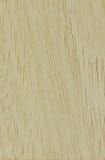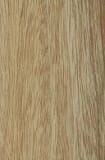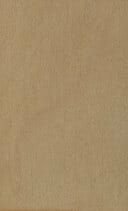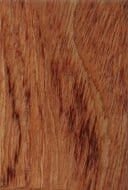No products in the cart.
Teck
€1.00€1.10 (-9%)
€ 1.00
Tree size: 100-130 ft (30-40 m) high, 3-5 ft (1-1.5 m) trunk diameter
Average dry weight: 41 lb / ft3 (655 kg / m3)
Specific gravity (basic, 12% MC): .55, .66
Janka hardness: 1070 lbf (4740 N)
Modulus of rupture: 14080 lbf / in2 (97.1 MPa)
Elastic modulus: 1781000 lbf / in2 ( 12.28 GPa)
Crush resistance: 7940 lbf / in2 (54.8 MPa)
Shrinkage: Radial: 2.6%, Tangential: 5.3%, Volumetric: 7.2%, T / R Ratio: 2.0
Common name (s): Teak, Burmese teak
Scientific name: Tectona grandis
Distribution: native to South Asia;
Widely cultivated in plantations in the tropics of Africa, Asia and Latin America.
Tree Size: 100-130ft (30-40m) tall, 3-5ft (1-1.5m) trunk diameter
Average dry weight: 41 lb / ft3 (655 kg / m3)
Specific gravity (baseline, 12% MC): .55, .66
Janka hardness: 1070 lbf (4740 N)
Modulus of rupture: 14,080 lbf / in2 (97.1 MPa)
Elastic modulus: 1,781,000 lbf / in2 (12.28 GPa)
Crush resistance: 7940 lbf / in2 (54.8 MPa)
Shrinkage: Radial: 2.6%, Tangential: 5.3%, Volumetric: 7.2%, T / R Ratio: 2.0
The description:
Color / Appearance: The heartwood tends to be a golden or medium brown, with a color darkening with age.
Grain / Texture: The grain is straight, although it can sometimes be wavy or nested. Coarse, uneven texture and moderate to low natural luster. Rough and unfinished wood surfaces have a slightly oily or greasy feel due to the natural oils.
Endgrain: Ring-porous or semi-ring-porous; large to very large pores of solitary early wood, medium to large pores of late wood, few; solitary and in radial multiples of 2-3; common tyloses and other (light colored) heartwood deposits; average rays visible without lens, normal spacing; vasicentric parenchyma, and in bands (marginal), with bands sometimes wide enough to surround entire pores of the initial wood.
Rot Resistance: Teak has been considered by many to be the gold standard for rot resistance, and its heartwood is considered very durable. Teak is also termite resistant, although it is only moderately resistant to marine borers and powdered beetles.
Workability: Easy to work in almost all respects, the only caveat being that teak contains a high level of silica (up to 1.4%) which has a pronounced blunt effect on the cut edges. Despite its natural oils, teak generally bonds and finishes well, although in some cases it may be necessary to wipe the wood surface with a solvent before gluing / finishing to reduce natural oils on the surface of the wood. wood.
Odor: Teak can have an odor similar to leather when freshly ground.
Allergies / Toxicity: Although severe reactions are quite rare, teak has been reported as a sensitizer. Usually, the most common reactions simply include irritation of the eyes, skin and respiratory tract, along with other health effects, such as pink eyes, rash, nausea, asthma-like symptoms. and effects on vision. See the articles Allergies and Wood Toxicity and Wood Dust Safety for more information.
Price / Availability: Despite its widespread cultivation in plantations around the world, teak is very expensive. It is perhaps one of the more expensive woods on the market, at least for large, un-figured wood. Other woods are more expensive, but are generally only available in small pieces (i.e. Gabon Ebony or Snakewood), or they are valued only for the figure of their grain (i.e. (i.e. Burlwood, Pommele Sapele or Waterfall Bubinga).
Sustainability: This wood species is not listed in the CITES appendices or on the IUCN Red List of threatened species.
Common uses: ship and shipbuilding, veneer, furniture, exterior construction, sculpture, turnings and other small wooden objects.









Reviews
There are no reviews yet.